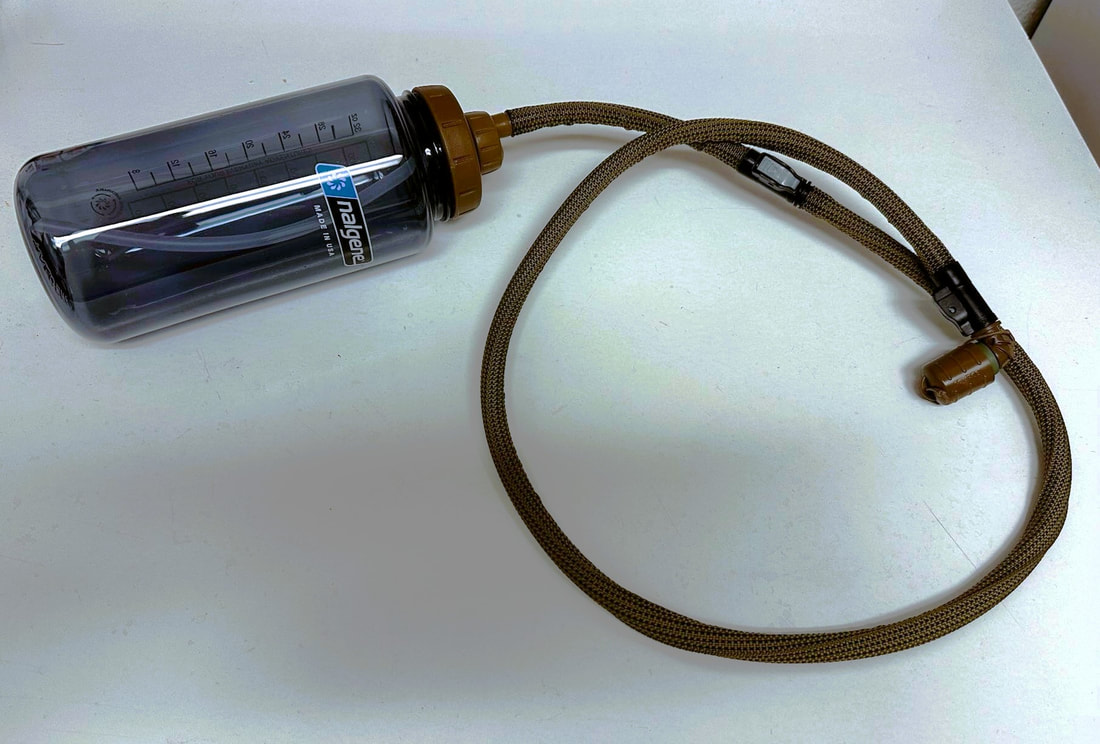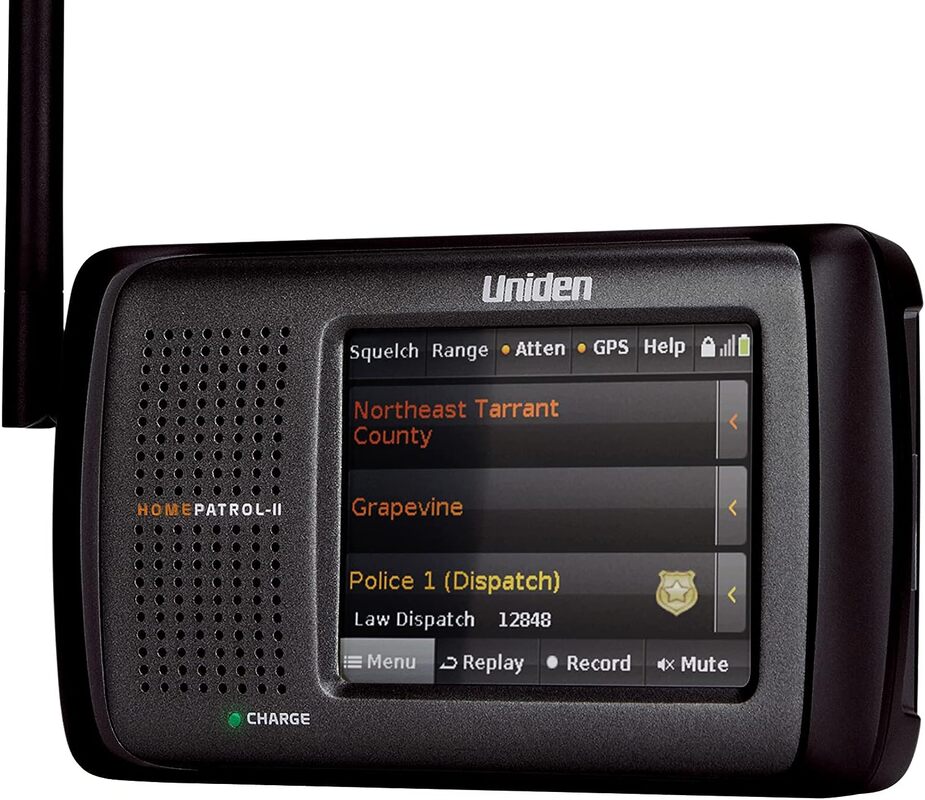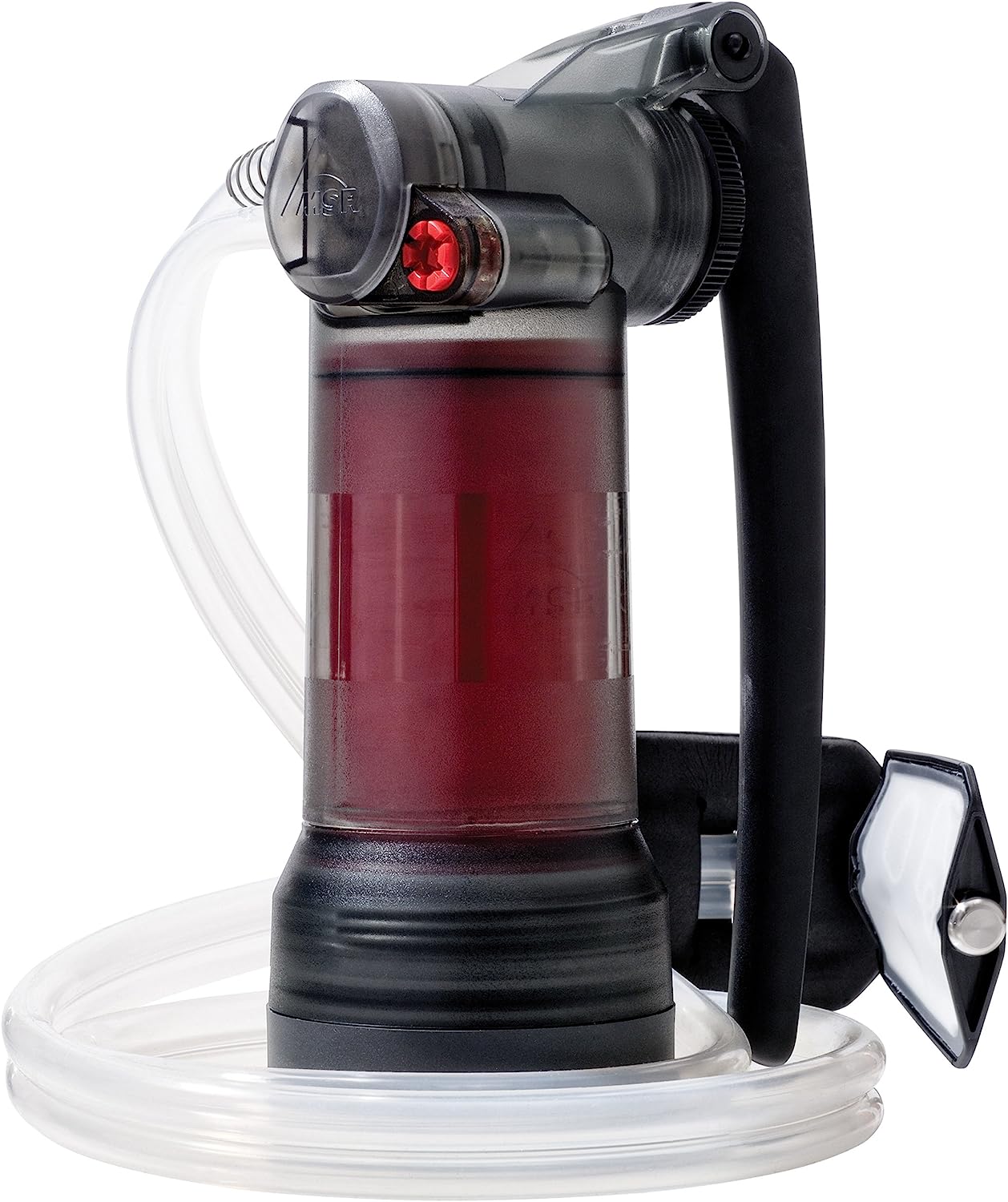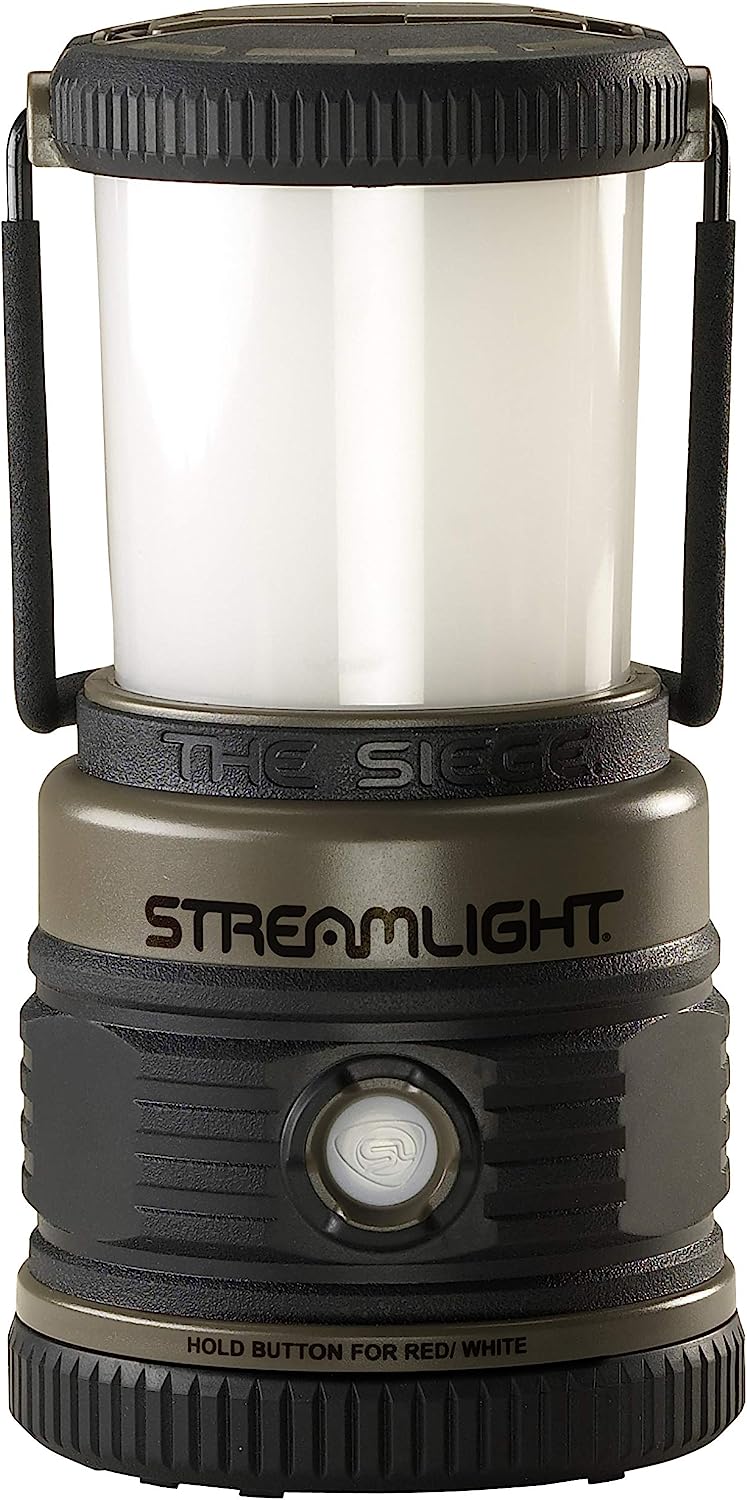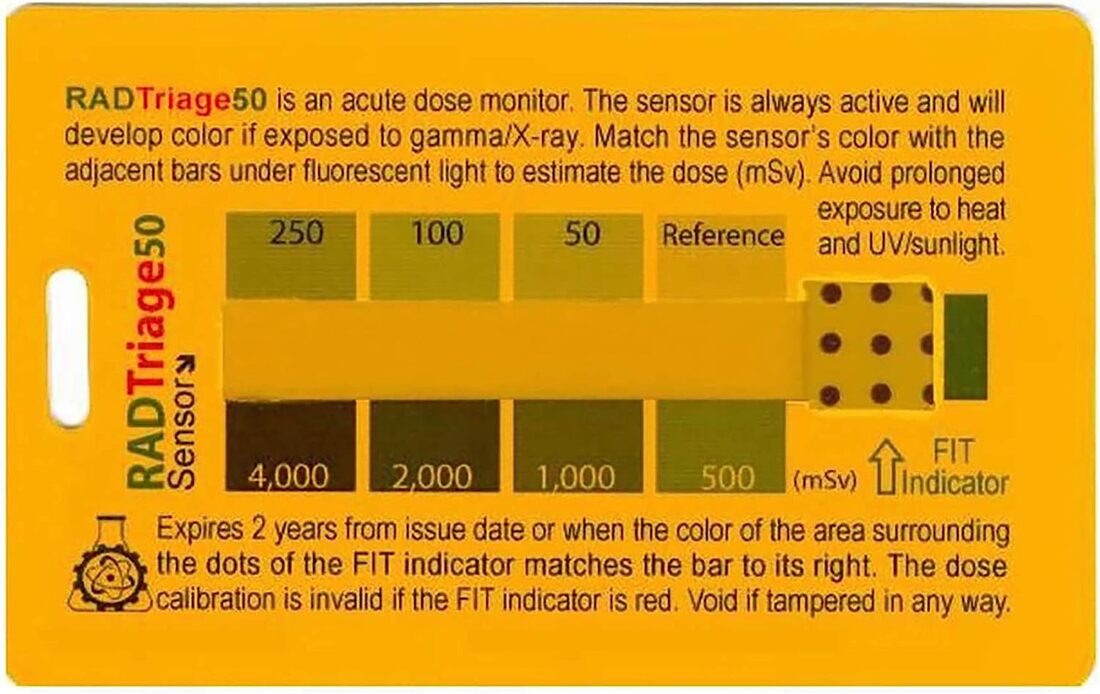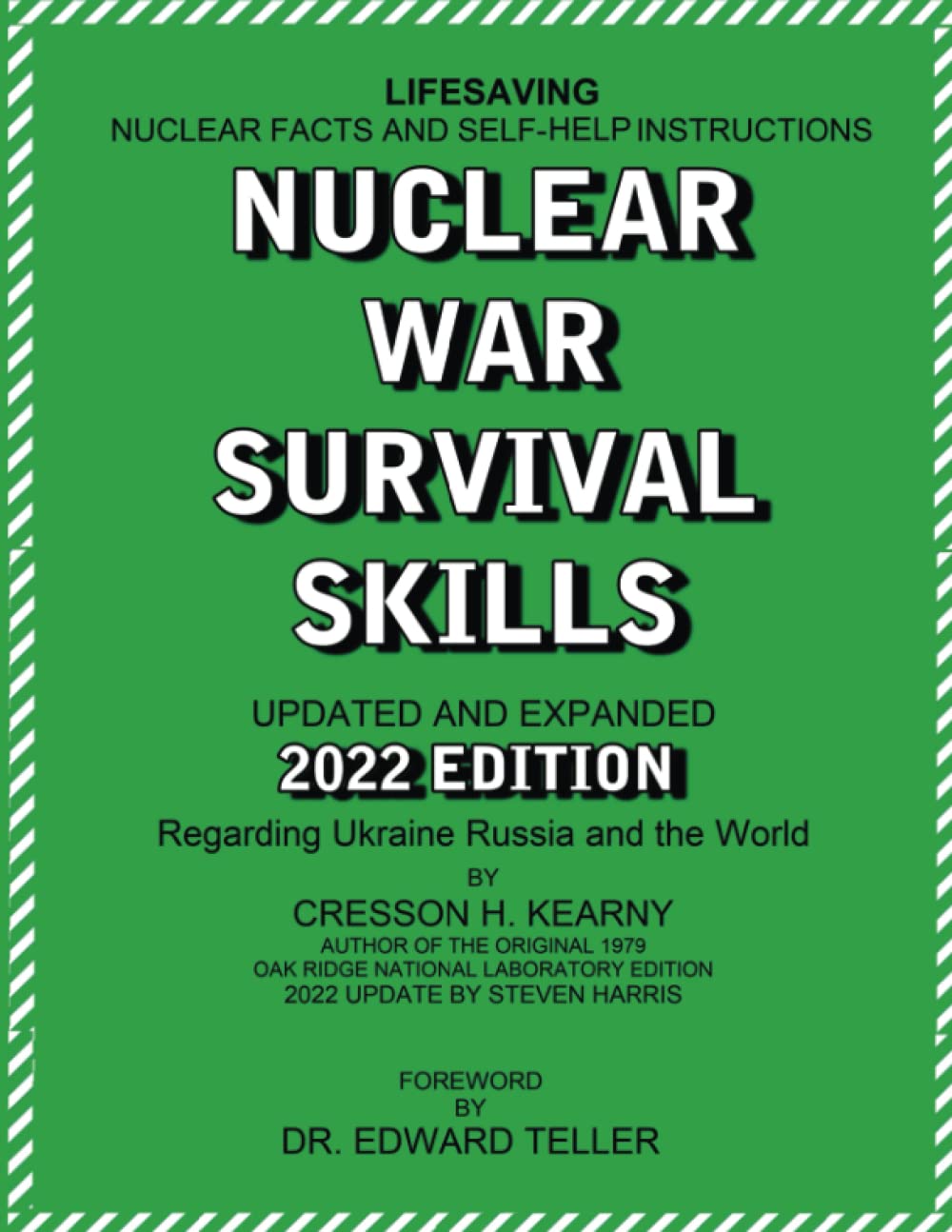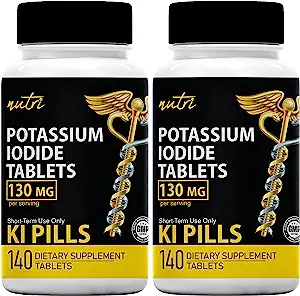|
Probable Nuclear Target Map (USA)
First off, targets and locations are approximate, especially for urban areas. Targets have been picked on what I’d feel uncomfortable about, so don’t harangue me over not having picked the Hoover or Grand Coulee dams. This is not based off any specific number of warheads exchange or a certain scenario. Keep in mind that not every target can be hit. China only has 200-300 weapons as of 2022. The US and Russia have about 1,200 weapons each that can be deployed. Probably only 500 warheads would be used if everyone is telling the truth. A second strike capability needs to reserve some warheads for a second attack and more still will be needed to serve as a deterrent after the war. That means that there is probably just enough to hit the missile fields, major military command facilities, and major cities. This is my map based off my own assumptions. Counter-value vs. counter-force Counter-force targeting is using nukes against the enemy’s nuclear forces to try and take them out. That is launching missiles against bomber bases and missile silos. This will take up a lot of warheads and carries a low chance of success. Probably by the time the warheads have arrived, the planes have scrambled and the silos are empty, wasting the missiles. We can’t know how many weapons are targeted for such a mission in any case. Counter-value targeting is attacking population centers; i.e. cities. Killing a huge majority of a country’s population in the span of an hour should be a powerful disincentive to going nuclear. It is believed that Russia and China use this strategy; the US almost certainly has such plans as well. If not hit in a first strike, civilians are hostages against a second strike if only military targets are attacked in the first wave. Counter-value targeting makes a lot of sense for China in particular because they have only, at max 300 warheads as of 2022. Some must be held in reserve so it would make sense for them to launch say 100-150 warheads against major US cities. Those who live in metro areas (yellow shaded areas on the map) should assume they are in danger. Cities would almost certainly be targeted by airbursts. This would be like a giant’s foot stomping down on the city and starting fires as well. Radiation would be limited and no fallout is expected. Even without fallout, the initial blast and follow-on effects of injuries, fire, chaos, and poor to no medical care will kill millions. Fallout and missile silos Ground (or surface) bursts are warheads that detonate just above or at (or even below) ground level. These are intended to crater the ground to destroy hardened bunkers and silos. Missile silos will take at least one ground burst in a counter-force strike. This will kick up tons of earth into the air which will become fallout. Fallout will be most deadly within 10-50 miles of ground zero and less dangerous further away as the concentration and intensity falls off with distance. \ However, large amounts of fallout from the missile fields in Montana, Wyoming, Colorado, Nebraska, and North Dakotas. This will affect the areas to the east and northeast (Canada) predominately, possibly blowing as far as the Upper Midwest or Eastern Seaboard. Individual detonations can be simulated but the overall effect of hundreds of detonations is harder to predict. In this respect, old 1960s-era fallout maps are a good predictor of danger. I would caution everyone that old 1960s-era maps that are frequently circulated on the Internet are not accurate any longer. The same goes for old target maps. Missile bases and silos have been dramatically reduced over the years. My map only includes active silos and bases. Old maps erroneously assume that cities will be hit with ground bursts and put way too much fallout in their representations. If you do not live near a nuclear weapons storage area, near a command bunker of some sort, or within a hundred miles of the missile fields, fallout should not be a major concern for you. Note that the fallout danger areas I created as very rough and just an approximation of likely areas of major concern based on prevailing wind patterns. Urban areas Urban areas were picked for major metro areas and cities with populations generally greater than or about 250k. Whole metro areas were marked off as well. I would also be concerned if I lived in a state capitol of 100k or so. Urban risk areas for counter-value strikes (nuclear carpet bombing) are marked off in yellow shading. These limits are approximate and generalized to represent the metro areas. Warheads are likely targeted on downtown areas as the population is most concentrated there. The area of destruction for airbursts will also be circular in nature so irregular polygons are only representative of the danger area. It’s up to you to figure out if you live in a high danger zone. But for example, using the LA area, someone living in downtown LA will probably die while a person in northwest Santa Monica won’t. Someone in Acton probably won’t feel more than a slight shudder. Use those generalizations and sources like Nuke Map to rate your risk. Military bases Most major military bases are included on this map, however, this does not endorse them as potential nuclear targets. If I feel that they are high risk locations, I’ve noted them as such. Particularly high on the list are strategic nuclear forces bases; the fleet ballistic submarine bases (SSBNs) and the bomber/missile bases. Any base with a nuclear weapon storage area is at high risk for ground bursts to destroy the hardened bunkers. Note that some bases also have smaller bunkers in hangers for rapid deployment. Command and control bunkers are also major targets; this is a danger for Colorado Springs, Omaha, and the Washington DC/Maryland/Mid-Atlantic region. There will be a lot of ground burst warheads trying to destroy the bunkers that the military and government will be sheltering in. Those three cities can probably be written off between blast effects and fallout. Airbursts over most military bases will destroy them and kill the personnel, thus rendering them non-mission capable. The soil of an Army base does not need dug up to take it out of the fight. The same for airfields and navy bases. Be wary of any submarine bases as a damaged reactor will probably suffer and uncontained meltdown. Frankly, I expect that a lot of Army bases will actually survive because the damage done and the troops killed will be relatively minimal. Wrecking our ability to wage war and ship troops overseas is probably a better investment of the warheads than nuking some pilot training airfield or an Army maneuver area. What this means for you First, if you don’t live near a target and outside of an urban area, you’ll probably survive the nuclear exchange. Fallout won’t be an issue that everyone makes it out to be unless you’re downwind of something really dangerous, like NORAD or the missile fields. Carefully research the probability of attack. Map the weapon effects using something like Nuke Map and see if you are out of the blast area. If you’re really lost feel free to email me for an opinion. Don’t forget to support my work and buy my book Nuclear Survival in the Suburbs (non-fiction) which explains targeting and survival tips. Also check out my webpage on nuclear survival. Comments are closed.
|
Author Don ShiftDon Shift is a veteran of the Ventura County Sheriff's Office and avid fan of post-apocalyptic literature and film who has pushed a black and white for a mile or two. He is a student of disasters, history, and current events. Archives
May 2024
Categories
All
As an Amazon Associate I earn from qualifying purchases.
|
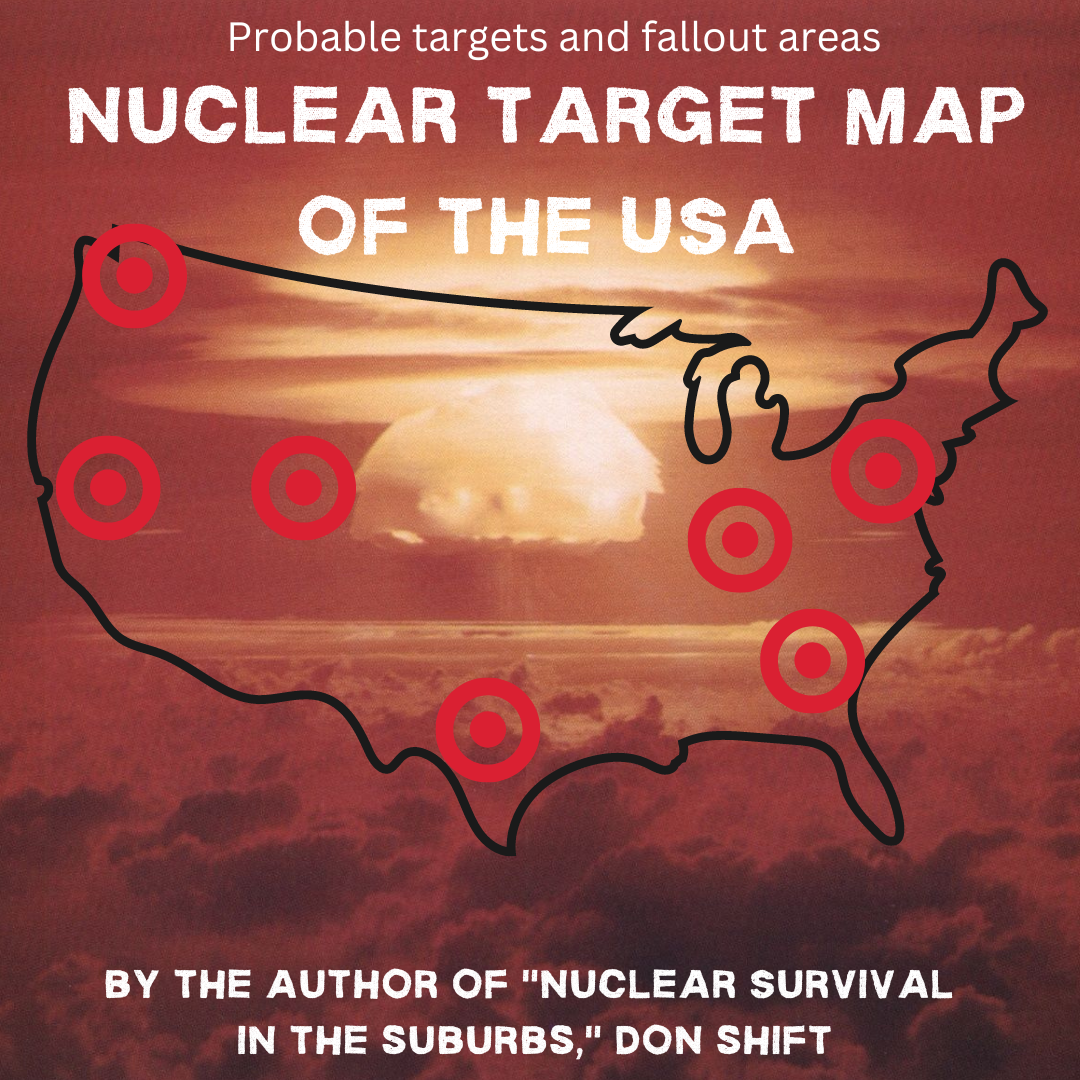
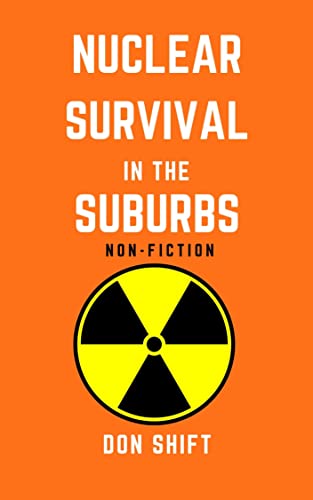
 RSS Feed
RSS Feed
